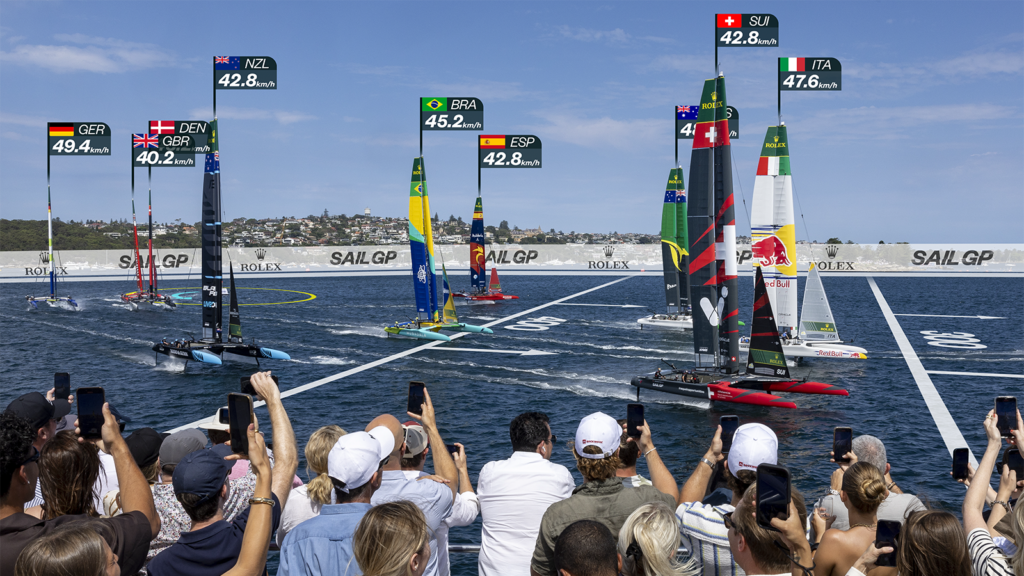American Sailing students come in all forms. Some, simply love the idea of being out on the water while others were motivated by watching a sailboat race, and still most see a sailboat and think about a relaxing afternoon at the whim of mother nature. Around American Sailing headquarters there is a lot of friendly discussion about which type of sailing is best. Lenny Shabes, founder and Chairman of the Board, is an avid racer who can handle his sailboat like a race car driver in a crowded Grand Prix yet is known to spend a leisure afternoon enjoying the sun, wind and simply cruising the waters of Santa Monica Bay.
What type of sailor do you want to be? Racer or Cruiser?
There are many different types of sailors. The two largest groups are surely “The Racer” and the “The Cruiser” and while there is a lot of cross-over there are some clear distinctions that separate the two…
- The first mark suddenly became the finish line as you realized the cheese plate would fall off the table if you tacked at that moment.
- You shot back at a guy with a gun on a powerboat.
- There is something filling a bag that says “spinnaker” in a stencil kind of print somewhere on the boat, but that’s all you know.
- Your “crew” consists of your mother, your wife, and your dog and the dog is the only one that pays attention.
- On the downwind leg, with the finish line in sight, you couldn’t resist and began barbequing chicken.
Learning to Sail
- ASA 101: What You’ll Learn ASA 101 is your introduction to Basic Keelboat Sailboat and is your key to a lifetime of sailing.
- How To Sail Sailing a boat is part art and part skill but few activities offer such a variety of pleasures as sailing. Something special occurs when you cast off the lines and leave your cares at the dock.
- 7 Tips For The Beginning Sailor There are the obvious things you need when you go sailing, sunscreen, a hat, a windbreaker, non-skid shoes, and wind. However, what do you really need to be ready to head out on the water?
- How To Learn To Sail You won’t have to buy a boat or learn a new language or buy a new wardrobe to get a taste for sailing. You can dictate how much you want to experience.
- Learning To Sail Is Just The Beginning Sailing means different things to different people. At ASA we understand that learning to sail is just the beginning of a relationship with a lifestyle that is infectious. Where will sailing take you? We have a few ideas but how you view sailing is the most important.
- What Is Your Role on a Boat? What type of sailor are you and what role do you take on the boat? Your ASA sailing education will prepare you to be a skipper on a sailing vessel and with that comes the responsibility of keeping your crew safe and ensuring the safety of the vessel you are sailing.
- Find a Sailing School and take sailing lessons to improve your sailing skills.








